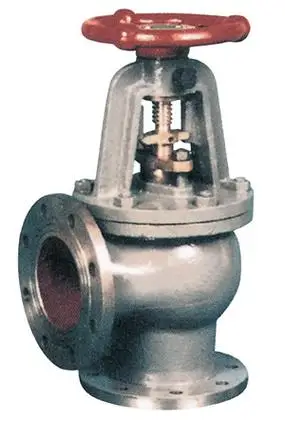|
Marine Valves: The Lifeline of Maritime OperationsTime:2025-04-18 In the realm of maritime engineering, marine valves are essential components that ensure the safe and efficient operation of ships and offshore installations. These devices control the flow of fluids within piping systems, playing a crucial role in everything from propulsion to safety systems. This article delves into the importance of marine valves, exploring their types, applications, and the unique challenges they must overcome. IntroductionMarine valves are specially designed mechanical devices used to regulate the flow of liquids and gases through pipes aboard vessels. They perform various functions such as starting or stopping flow, regulating pressure, preventing backflow, and directing fluid flows. Given the harsh conditions at sea—saltwater corrosion, high pressures, and extreme temperatures—the reliability and durability of these valves are paramount. Types of Marine ValvesSeveral types of marine valves are utilized based on specific operational requirements:
Material SelectionThe choice of material for marine valves is crucial due to the corrosive nature of seawater. Common materials include bronze, brass, cast iron, steel, and stainless steel. Stainless steel is particularly favored for its superior corrosion resistance, especially in saltwater environments. Additionally, advancements in coatings and alloys have further improved the durability and lifespan of marine valves. Applications in Maritime SystemsMarine valves are integral to several key systems onboard ships:
Regulatory Compliance and Environmental ProtectionWith increasing environmental regulations, marine valves are also crucial in minimizing environmental impact. For example, ballast water management systems utilize specialized valves to prevent the spread of invasive species. Adherence to international standards and regulations, such as those set by the International Maritime Organization (IMO), ensures that marine valves contribute to environmentally sound operations. Challenges and Future DirectionsOne of the primary challenges facing marine valves is the need for continuous improvement in materials and designs to withstand harsh marine environments. Innovations like non-corrosive alloys and advanced coatings are addressing these issues. Furthermore, the development of smart valves equipped with sensors and automation technology promises to enhance monitoring and maintenance efficiency, contributing to safer and more sustainable maritime operations. ConclusionMarine valves are unsung heroes in the maritime industry, performing vital functions that ensure the safety, efficiency, and environmental compliance of ships. As technological advancements continue, so too does the evolution of marine valve design and application, meeting the ever-growing demands of modern shipping. Through innovation and stringent regulatory compliance, marine valves remain at the heart of maritime excellence. |

